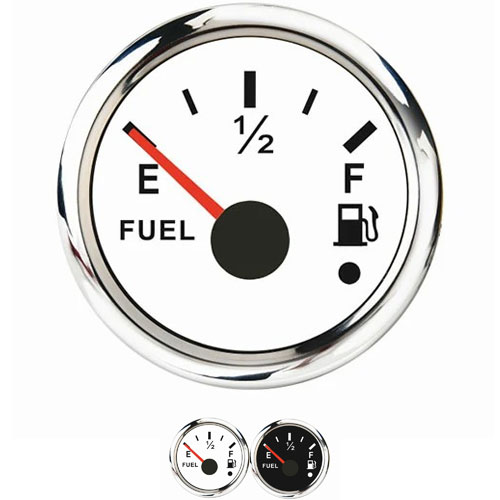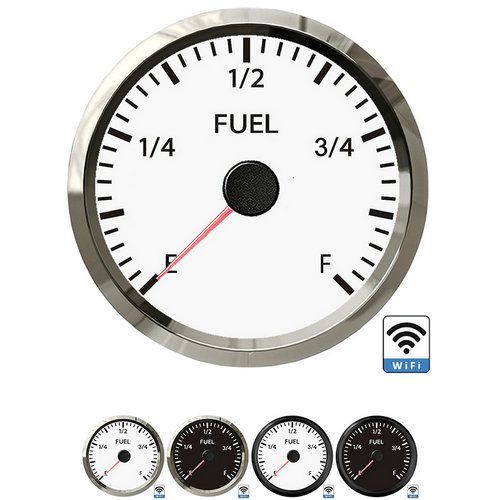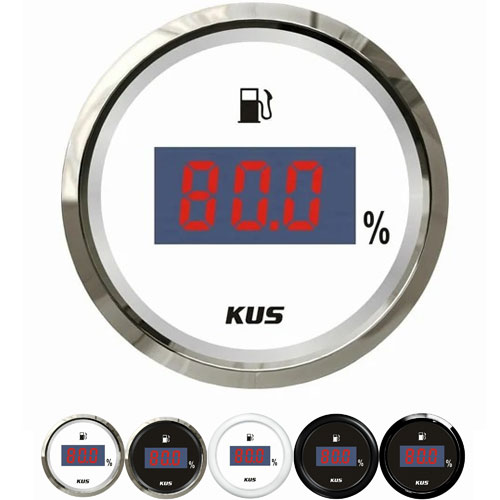marine fuel tank level gauge
Marine fuel tank level gauge:Working principle of capacitive fuel level gauge: measure the level of fuel level by measuring the change of capacitance. A metal rod is inserted into the fuel container, the metal rod is used as one pole of the capacitor, and the container wall is used as the other pole of the capacitor. The medium between the two electrodes is fuel and the gas above it. Since the dielectric constant 1 of the fuel is different from the dielectric constant 2 on the fuel surface, for example: 1 "2, when the fuel level rises, the total dielectric constant between the two will increase, so the dielectric capacity will increase. On the contrary, when the fuel level drops, the value decreases and the capacitance also decreases. Therefore, the fuel level can be measured by the change of capacitance between the two electrodes. The sensitivity of the capacitive fuel level gauge mainly depends on the difference between the two dielectric constants. Moreover, only the constancy of 1 and 2 can ensure the accuracy of fuel level measurement. Because the measured medium has conductivity, the metal rod electrodes are covered with insulating layer. The sensor has no mechanical movable part, and the structure is simple and reliable; High accuracy; Low power consumption and fast dynamic response at the detection end; Convenient maintenance and long service life. The measured medium shall be a non crystalline conductive fuel with conductivity not less than 10-3s / m. The instability of the dielectric constant of the measured fuel will cause errors. Capacitive fuel level gauge is generally used for the measurement of regulating tank and clean water tank. (Note: whether liquefied gas will affect the measurement is unknown to be determined)
principle of ultrasonic fuel level gauge
Principle of ultrasonic fuel level gauge ultrasonic level gauge is installed on the upper part of the container. Under the control of the electronic unit, the probe emits a beam of ultrasonic pulse to the measured object. The sound wave is reflected by the surface of the object, and part of the reflected echo is received by the probe and converted into an electrical signal. The time from ultrasonic emission to re reception is directly proportional to the distance from the probe to the measured object. The electronic unit detects the time and calculates the measured distance according to the known sound velocity. The level value can be obtained by subtraction. Since the temperature has an effect on the sound velocity, the instrument shall measure the temperature to correct the sound velocity.
 English
English 






Get a Quote / Info